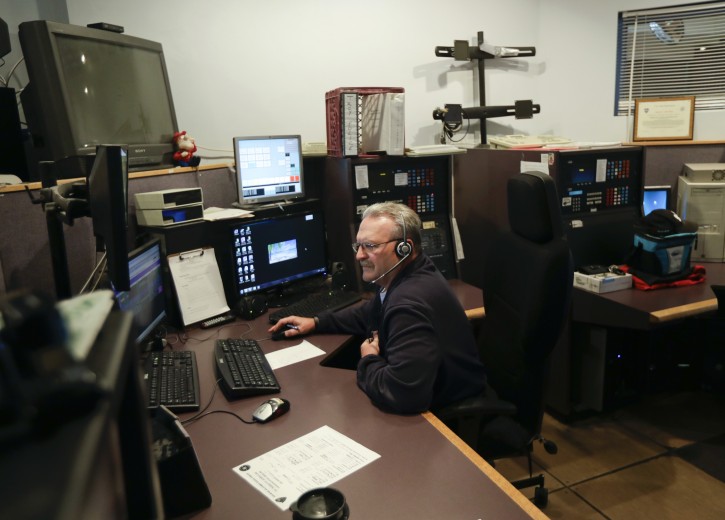
Albany, NY – New York trails other states in modernizing its 911 systems to handle greater cellphone use, in part because lawmakers routinely divert money intended for that purpose and use it to plug holes in the state budget.
While New York is hardly alone in struggling to upgrade to “next generation 911” that can better pinpoint the location of cell callers in emergencies, its shortcomings stand out. It’s the only northeastern state with gaps in 911 service in rural areas. Few places can accept text messages. And its high-rise cities are still unable to detect the floor from which cellphone 911 calls are placed.
“Public safety is government’s No. 1 responsibility, and right now we’re lagging in New York state,” said John Merklinger, who runs the 911 system in Rochester.
States for years have imposed surcharges on cellphone bills that are supposed to raise money for local 911 systems. New York’s surcharge of about $1.20 per month is among the highest in the nation, generating $185 million last year alone. But budget records show the state has diverted much of that money to other uses every year since at least 2004.
Over the past five years, New York has diverted an estimated $400 million, or about 42 percent of the $945 million or so raised, to its general fund, which is used for everything from education to state employee salaries. Last year, the diversion amounted to almost two-thirds of the surcharge money collected, forcing local systems to scrimp to pay for needed upgrades.
“We have to beg to get the money we’re entitled to,” said Albany County Executive Dan McCoy.
An estimated 70 percent of the nation’s 240 million annual calls to 911 now come from cellphones, but decades-old 911 technology used in most localities often can’t pinpoint the location of callers. States including Kansas, Connecticut and Massachusetts are considered the leaders in taking steps to complete their upgrade.
Estimates are that New York needs at least $2.2 billion to fully upgrade its 911 systems. A federal task force on 911 systems that sought an explanation from New York officials about the diversion of surcharge money says it got no answers.
“The decisions for diverting a certain amount of 911 fees appear to be made in a non-public way,” the task force said in a report last year.
New York has company in diverting cellphone surcharge money for other uses. A 2013 report from the U.S. Government Accountability Office found that New York and five other states did so in 2011, including Arizona, Georgia, Illinois, Maine and Rhode Island. In most cases, the money was used to prop up the state’s general fund, or to ease cash-flow concerns.
“Using funds in this way is permissible by state law in these states, but it creates the risk of undermining the credibility of 911 fees in those states,” the GAO concluded.
New York officials dispute claims they aren’t doing enough for 911. Since 2010, the state has awarded more than $48 million in grants to support 911 upgrades, according to Kristin Devoe, a spokesman for the New York State Division of Homeland Security and Emergency Services.
She said a state law requires revenue from the surcharge to be transferred to the state’s general fund before some can then be given to counties. She also noted that the surcharge was meant to fund more than just 911.
“To suggest the state is ‘diverting’ this funding ignores this law and is misleading,” she said.
Several county officials joined with sheriffs and local emergency communications officials this past week to launch a new campaign to pressure lawmakers and Democratic Gov. Andrew Cuomo to dedicate more revenue to local 911.
They also want the state to close a loophole that exempts prepaid cellphones from the 911 surcharge. They say the state should approve a one-time charge whenever minutes are added to a prepaid phone.
County leaders say much more is needed to ensure their residents are protected. In the meantime, they’re consolidating services where they can and relying on taxpayers to do more. Rensselaer, Saratoga and Albany counties have agreed to consolidate their 911 dispatch systems to save money and improve efficiency.
As reported by Vos Iz Neias
